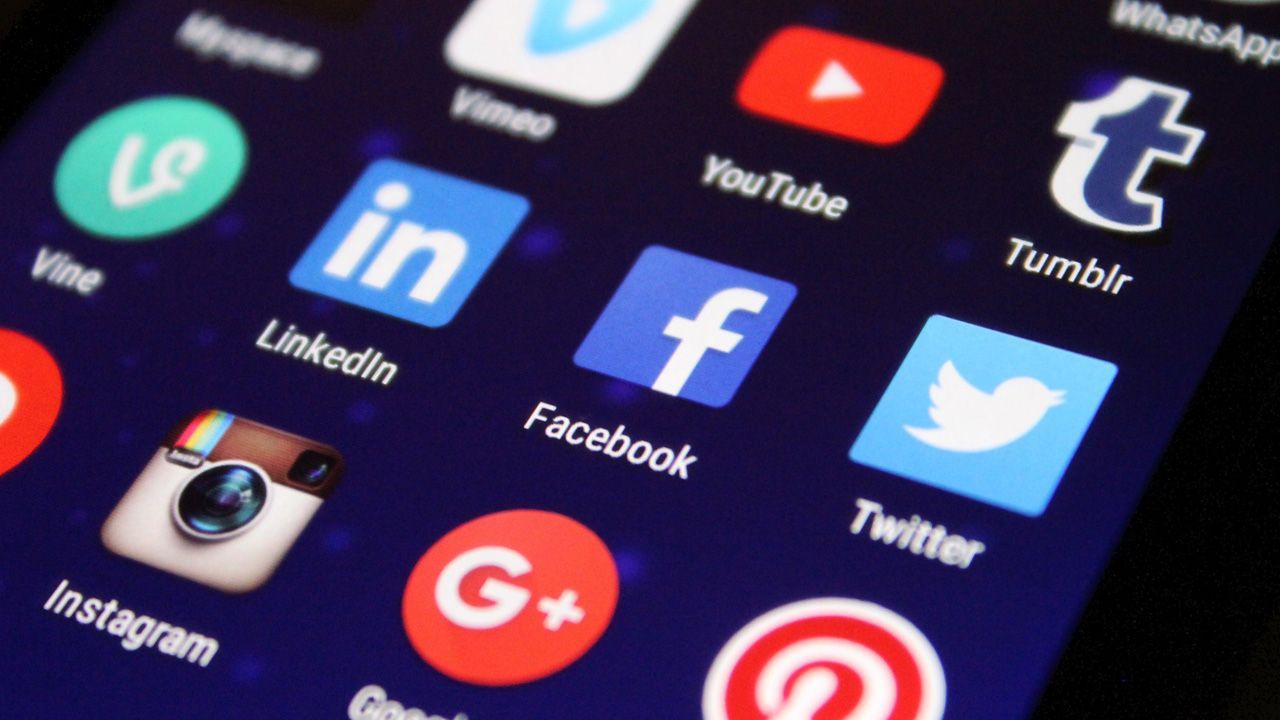This won’t come as a surprise to you: the number of daily newspapers and circulation have decreased these past few years. With the development of internet and social media, the consumer consumption of news has shifted towards digital news. Let’s break down what it means for journalists!
It’s not about the news, it’s about how you tell it
The news is the same, so now, what differentiates one newspaper from another is its communication, its reputation, and its tone. Journalistsdon’t merely inform anymore; they tell a story and what makes a difference is how the story is told. As a consequence, modern journalists are not only writing about a piece of news, but they present it by the means of an article.
Moreover, what constitutes a story in journalistic terms now has many alternatives to an article: live blog, a series of tweets, a video, a picture gallery, an interactive, short blogs, an open thread… Journalists now have to think about the best way to tell their story to their readers, because there are countless possibilities to do so.

Captivating the reader has become essential
With digital news, forget about struggling to read your broadsheet on public transportation. With a screen, you can access your news very easily. However, the reading experience on screen and on paper is different. Long and complex texts with poor copy are harder to read on screen than on paper and in particular, it is easier to leave a mobile page than to throw away the newspaper you’ve just bought.
Thus, in order for your article to survive the screen attention span trial, it needs to be captivating, especially if the piece is long. This article I came across recently just blew my mind. I am no football fan, but I do enjoy a good story and I found myself reading this whole article standing, on the metro, tired, on the small screen of my phone just because the first three sentences got my attention. Me, reading about football. That’s the power of journalism, really.
Big Data and Journalism: A personalised source of news
Digital articles are very convenient in terms of time. In our fast-pace society, you don’t read the whole newspaper anymore, just an article, even half of it, or even read the headline, give a like, and move on (we’ve all done that). Consequently, you are not subscribed to your one and only newspaper anymore; you just want to read the article that suits you.
Internet and the Social Media have practically eliminated the physical cost of communications
The Digital Age knows that perfectly. This is the filter bubble effect or the “this may also interest you” effect, enabled by the use of Big Data. In a traditional newspaper, you get the main news and then there are different columns, topics that are covered. In the digital era, you choose what you want to read. If you’re interested in sports, Google knows it and will recommend articles about your favourite sport to you. If Google knows which team you support, it’ll also find you an article written from the point of view you are likely to share.
Being knowledgeable about Google SEO algorithms and other mysterious ways traffic works is now central. If you believe that your story matters, you might use the insights you get from Big Data to give it more exposure. Journalists should know how this whole works in order to counteract any unethical use.

Interactions: a change in the relationship between readers and journalists
“A newspaper is complete. It is finished, sure of itself, certain. By contrast, digital news is constantly updated, improved upon, changed, moved, developed, an ongoing conversation and collaboration.” Katharine Viner, from The Guardian, stated. Online newspapers and other bits of news enable readers to comment on an article. Thus, they can question it directly and quickly, and give their opinion on it.
This aspect is also important because readers can know more about a certain subject than the journalist. Indeed, university professors, experts are likely to come across an article in their field on one of their social media feed because of big data and targeting. As specialists, they would probably know more than a journalist, and add some information in the comment section. This can open a conversation, ultimately getting closer to the truth.
“First, there was a whole heap of conversation but no clear version of the truth (word-of-mouth, myths…). Then, there was a very clear version of the truth, but no space for conversation (newspapers era). Now, what we have is the truth made better by conversation.” Katharine Viner summarizes.
The Internet and Social Media have changed the way the news are told. It’s not about the piece of news anymore: the reader is in the centre. So as you can see, journalism and the way it’s made is evolving fast, and with it the way we teach it.













